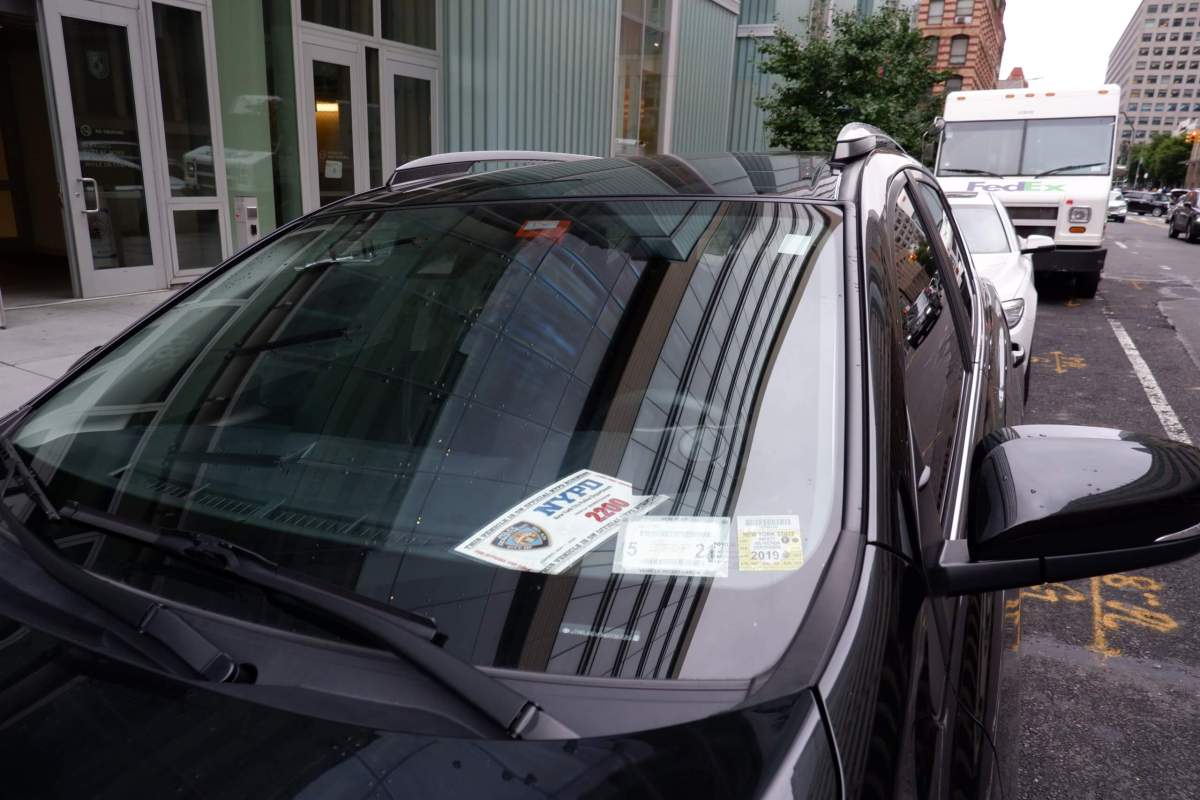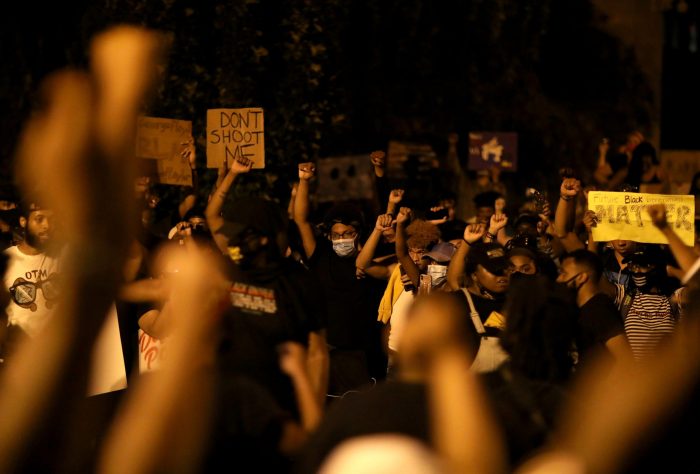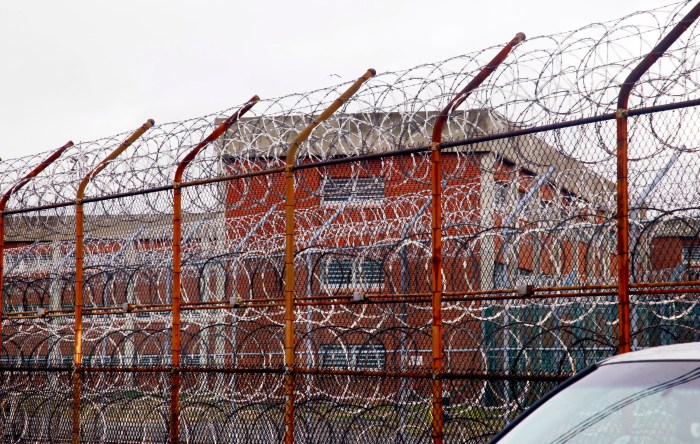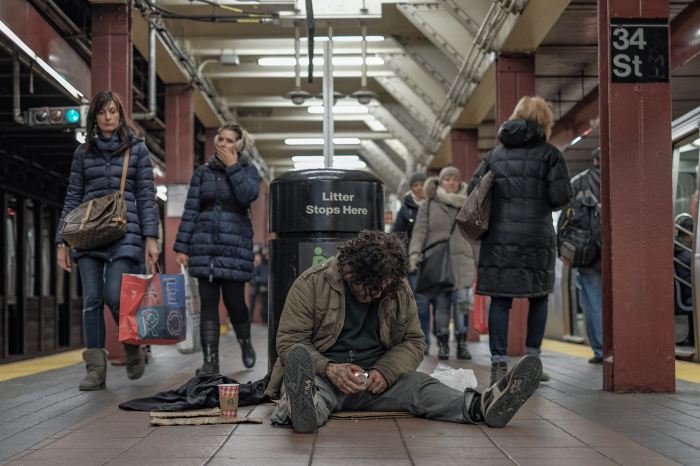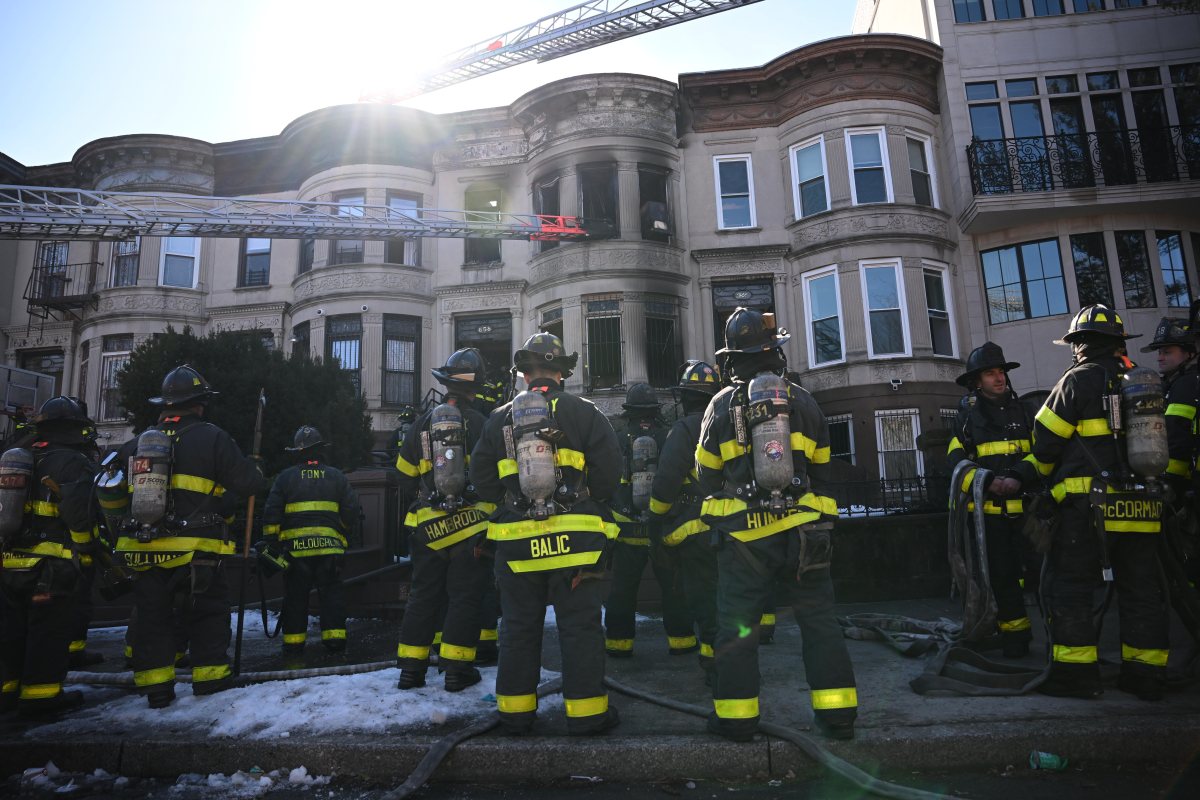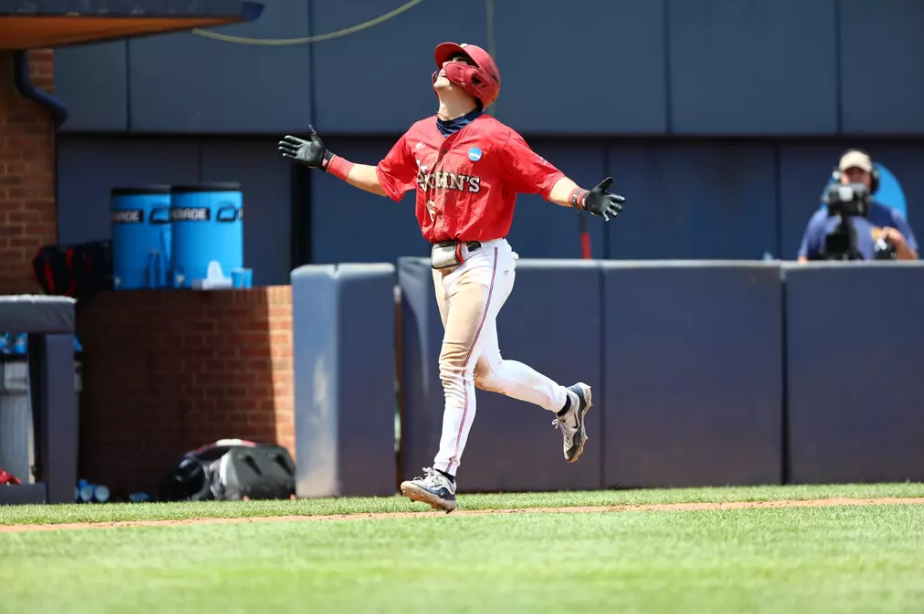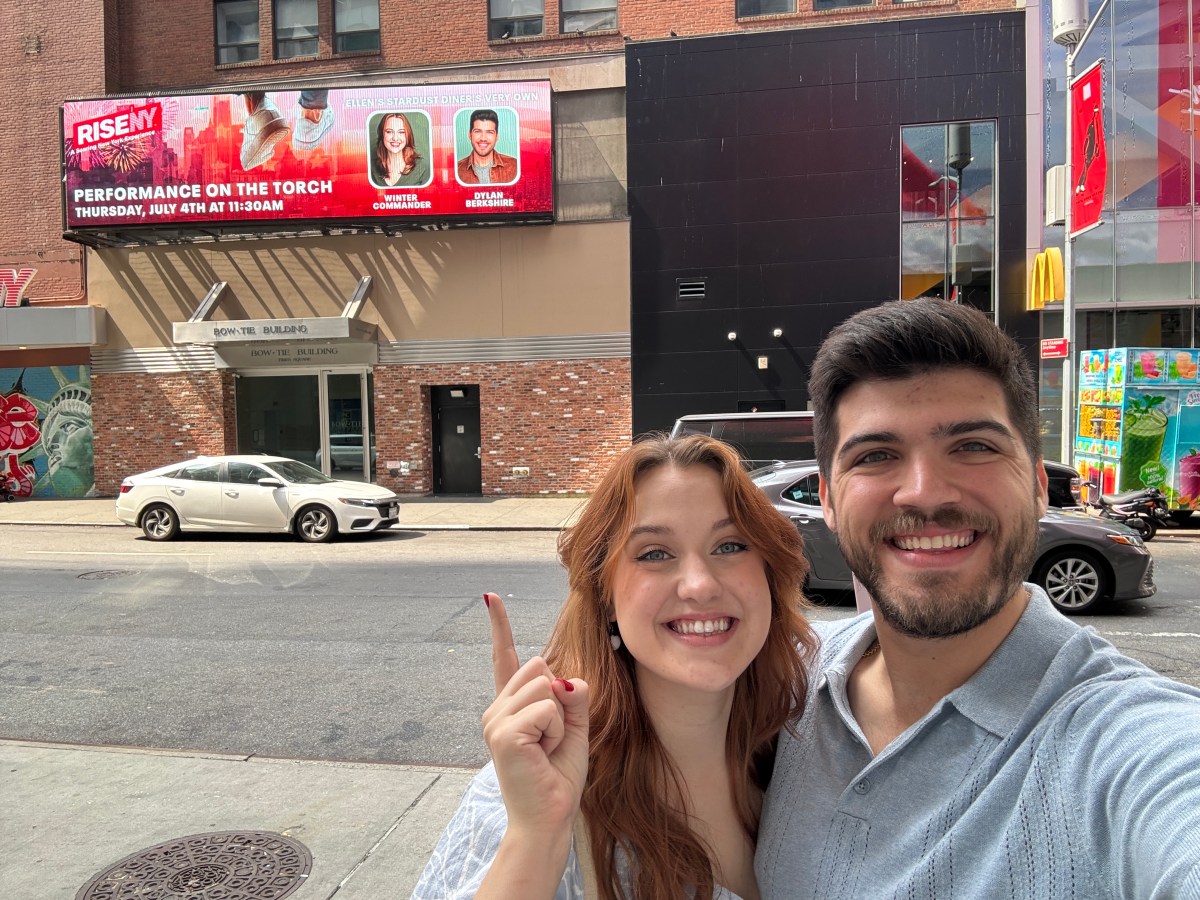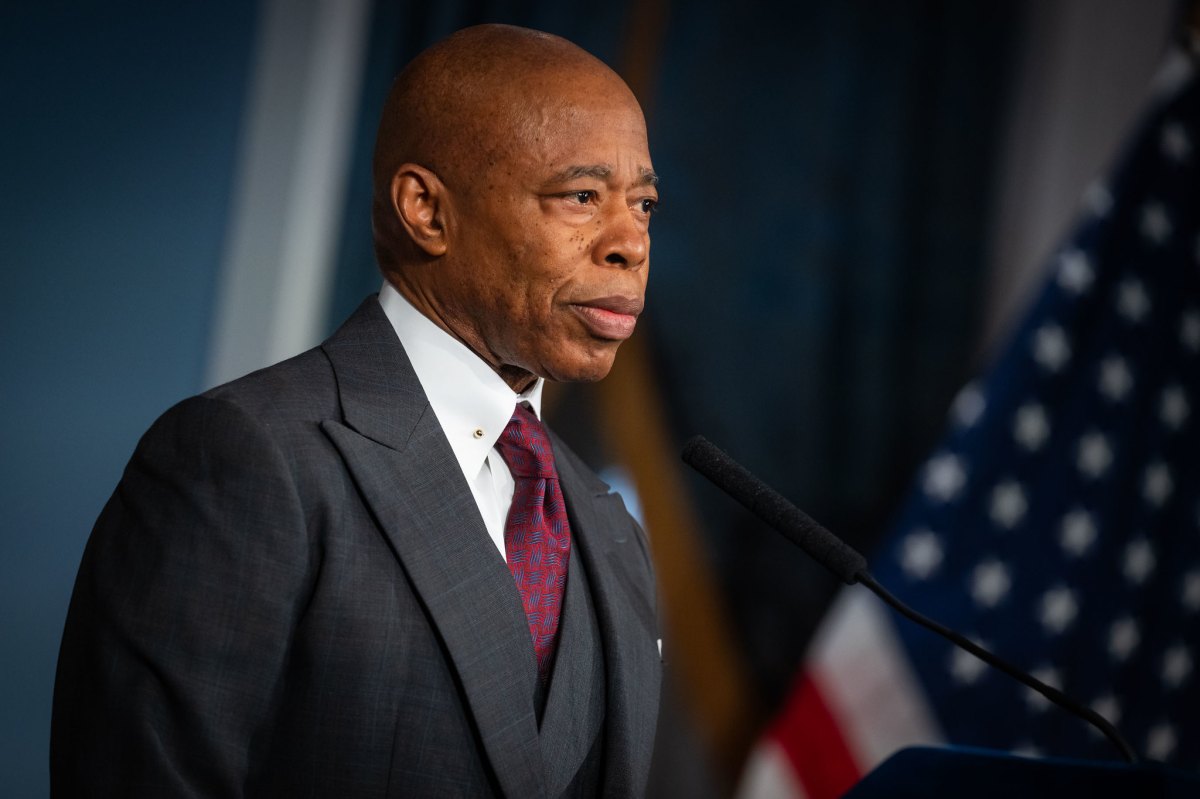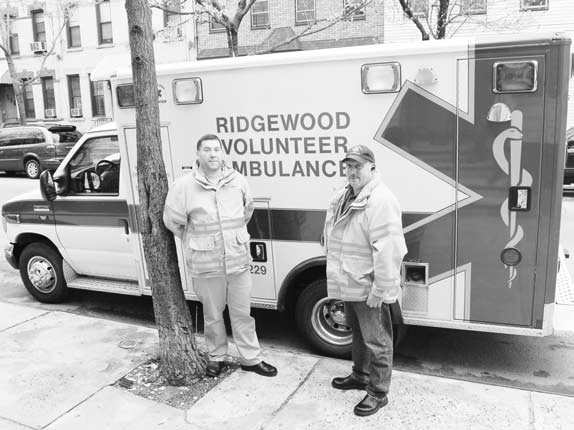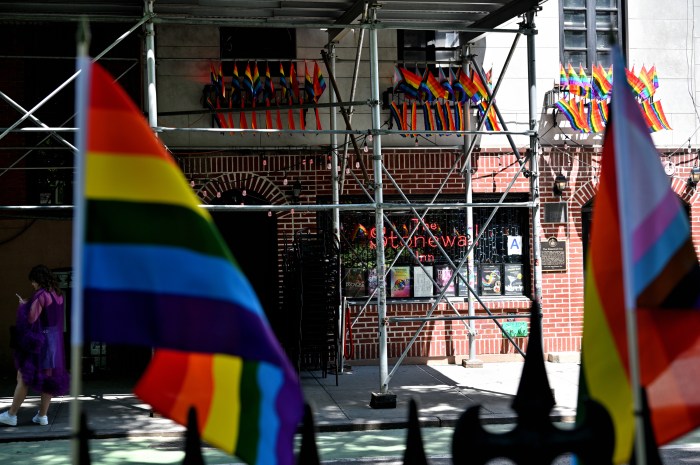The city’s Department of Investigation (DOI) and the NYPD have yet to get started on a crackdown against rampant parking placard abuse in the Big Apple more than two years after the agencies were ordered to do so by law — and bureaucrats on Monday blamed the COVID-19 pandemic for the delay.
The NYPD should have launched weekly sweeps targeting illegal parking in early 2020, and DOI was going to prepare a report based on the enforcement, but the city’s chief watchdog admitted Monday that neither ever happened.
“The NYPD and DOI were unable to perform those tasks due to the pandemic and so those reports, as far as I understand it, have not yet been made,” DOI Commissioner Jocelyn Strauber said during a City Council oversight hearing on April 11.
The council’s Local Law 6 required New York’s Finest to weekly inspect at least 25 blocks for abuse of parking permits and another 25 stretches of street for blocked bike lanes, bus lanes, sidewalks, crosswalks, and fire hydrants, focusing on hotspots of 311 complaints.
The checks were supposed to start in January of 2020 and last for six months, and DOI would have had to review the findings and submit a report to city agencies, the mayor, and the council by Sept. 30 of that year.
Then the pandemic arrived and the agency blew past that deadline, citing challenges brought on by the health crisis, and penned a joint letter with NYPD to then-Council Speaker Corey Johnson in October 2020 asking for the requirement to be suspended.
The agencies wrote that staffing shortages caused the initial delays, but also blamed the holdup on traffic volumes that were still well below pre-COVID levels, making it “difficult or impossible” for DOI to do an analysis applicable to normal city parking patterns.
Car traffic in the Five Boroughs has come roaring back to near or at pre-pandemic levels since at least summer 2021, but Strauber on Monday still cited the year-and-a-half-old missive for the setback, adding that they may look back into it without giving a specific timeline.
“That may be something, as we emerge from the pandemic, that we want to take up again, but it’s not something that actually ever came to fruition, given the other issues that the PD and the city we’re dealing with,” she said. “But certainly given given that statute, it would be the type of thing pursuant to that that we could look into in the way that that local law required.”
The NYPD press office referred a request for comment back to DOI.
One Manhattan pol urged the agency to take on the issue, saying parking abuse has caused headaches for local businesses.
“We had a printer in the Garment District who came to us because he and his employees were unable to gain curb access because of so many people in the neighborhood using fake placards,” said Councilmember Erik Bottcher, whose district also includes Greenwich Village, Chelsea, and Hell’s Kitchen — the areas former Speaker Johnson used to represent in the City Council.
The people behind the Twitter account @placardabuse, which for years has chronicled parking corruption on Gotham’s streets, blasted the head of the city’s main oversight agency for not following the law.
“This was a ridiculously bogus excuse when they made it in October 2020, and they clearly are not operating in good faith now by continuing to delay now when there are no legitimate constraints on their operations and the level of placard corruption has just exploded,” read an email from the account, whose authors declined to share their names.
Placard abuse has been a longstanding issue in the city, described by one local politician as a “free-for-all” of “low-level corruption,” and even DOI honchos have been busted in the act.
Mayor Eric Adams, while still serving as Brooklyn borough president in 2019, notoriously compared another anonymous Twitter user to the Ku Klux Klan in 2019 for calling out the illegal parking around Borough Hall, and the then-beep later doubled down saying he shouldn’t be singled out among widespread parking abuse by government officials.
Beyond cars unlawfully occupying public streets and sidewalks, parking placard abuse also makes the city more dangerous and slows down public transit, according to one advocate.
“Placard abuse and fake placards are very far from a victimless crime,” said Danny Pearlstein, the policy and communications director of the group Riders Alliance.
“People with parking placards who block fire hydrants, block crosswalks, who take up no-standing zones, actively make our streets more dangerous,” the advocate said. “The existence of parking placards encourages driving which clogs up the city and is one of the main reasons why we have such terrible bus service.”
“The legal regime on our streets has totally broken down and this is one of the results,” Pearlstein added.



